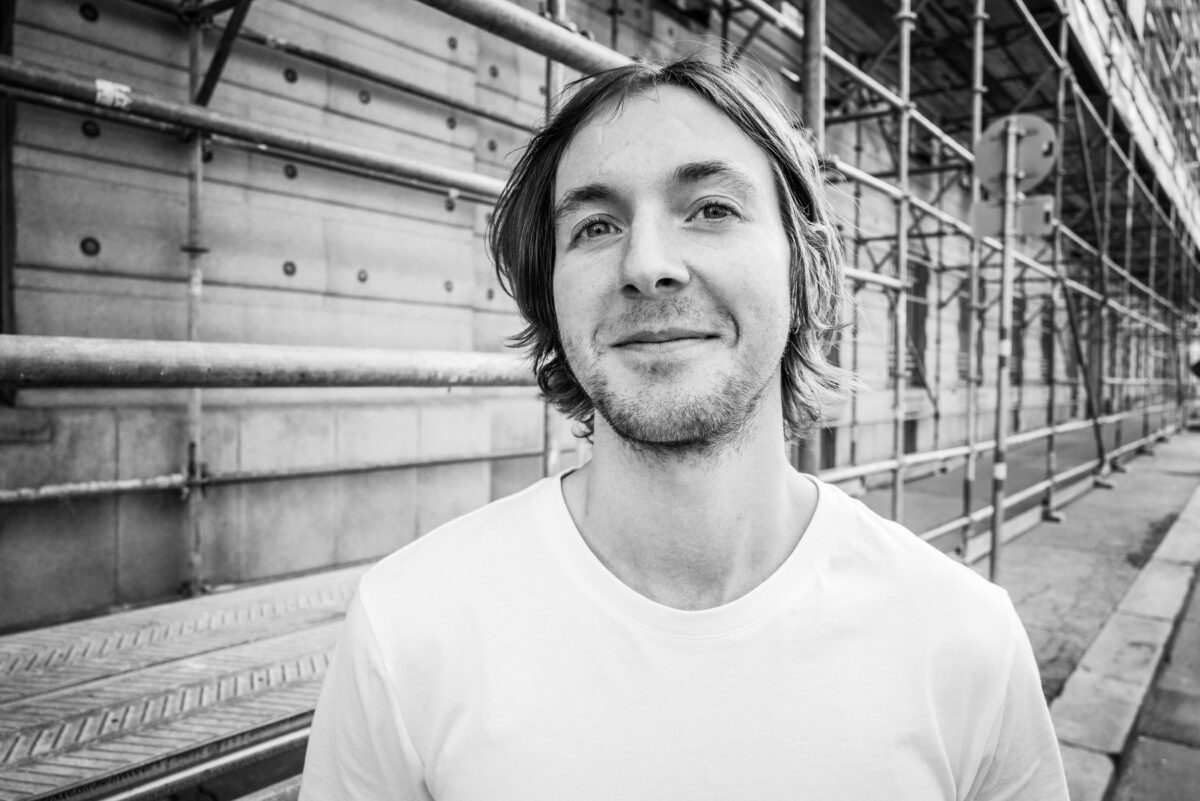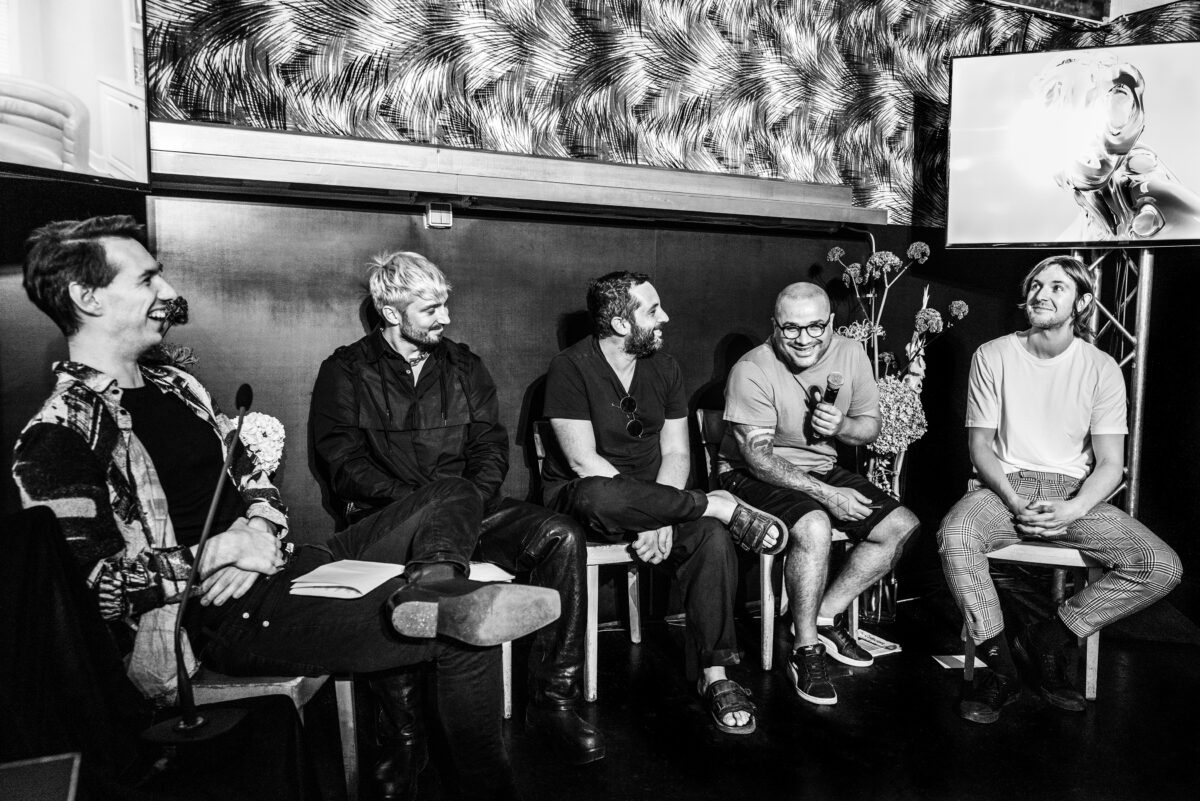As one of the first and largest NFT marketplaces built on the Ethereum Blockchain, KnownOrigin is unique in its discerning curatorial approach as every application is reviewed to foster artists that embrace the camaraderie of the NFT community and are committed to the development of their practice. Edward Cawley leads the Artist Relations team and looks to the promise of the dynamic interplay between the traditional art world and digital tokenization and is eager to watch NFTs transform the art, media, and experiential landscape.
What criteria does KnownOrigin consider before bringing an artist onto the platform?
First and foremost, of course, the artist has to be promoting the art. I like to see an artist that works in a distinct style. I think that’s for me, is the sign of an artist who’s reached a point where they’re kind of comfortable in that practice. That’s something I’ve learned personally, from having worked on hundreds, if not thousands, of art applications. It’s never a case of confining an artist to a particular style of work. And ideally, or at least is to show strong evidence that they’re moving towards a particular style of working. It could be any medium, any format- it can be conceptual art, it could be traditional painting, whatever it might be, a sense of consistency, amongst picking up between the pieces. Apart from the work, something to look for is, of course, social engagement. Are they on social media? How many followers do they have? The actual fact that they have followers or not is of secondary importance. What’s kind of primary importance is that they are actively demonstrating an interest and a genuine sort of passion for the NFT space. We want to work with people that want to be a part, an active part of the community, and genuinely committed enthusiastic individuals in whatever form that might be.
As NFT programming is rapidly becoming integrated into auction houses, art fairs, galleries, and museums do you feel that the physical artworks and those minted on the Blockchain can co-exist?
Another great question. As far as I’m concerned there is a separation and a distinction clearly between the physical, traditional art world and this new iteration or new strand, which is the digital virtual, if you will, kind of experience and formatting of art. I certainly am of the opinion that there doesn’t need to be any kind of discord and debate can be very much of a harmonious interplay between the two factions, if you will. I think ultimately moving forward it’s kind of like, “who needs who more?” And in an increasingly digital world, the physical world needs digital more than the physical, more than the digital world needs the physical. But at the same time it’s not traditional artwork, which are the innovators and the ones driving kind of change, and innovation, it’s the digital world. And so it’s kind of a case of the physical world needs to be more embracing of the digital art world, unless it wants to kind of get left in the dust. Now, that’s not something I’d like to see at all because physical art will always be immensely powerful. I don’t have a preference in terms of digital or physical, but I think certainly moving forward, traditional spaces need to be mindful of digital creation and would like to see much more kind of mutual cooperation between these two spaces. I love art personally in all its forms, so if you can have this interplay between the two worlds, and that’s only going to be more exciting. It’ll be interesting to see how traditional art spaces move into the digital space or at least kind of look to work with those spaces moving forward.
While the Ethereum Blockchain is presently the most popular ledger, do you feel that the gas fees and mining are sustainable in the long run?
One of us [at Vienna Contemporary] alluded to some of those sorts of difficulties that artists might have in terms of gas fees or getting going and established. And definitely, that’s an issue or a factor that is relevant for new artists in the space, and it’s a fair point as well. Gas [fees] are not something to be underestimated when you’re about tens or hundreds of dollars [to mint] work for a transaction to be processed. That’s not an insignificant figure for anybody, but in particular, artists that are kind of new, or perhaps from less economically developed regions. [At KnownOrigin] we’ve implemented a solution, which actively reduces the gas expenditure. So when minting an edition, now, it’s exponentially cheaper and decreases based on the number of editions.
Does KnownOrigin plan on becoming decentralized as the marketplace expands?
Decentralization runs at the heart of cryptocurrency, and therefore crypto as well. I think moving forward having an immutable, transparent quality, and more being more impacted or more at the heart of the business model is something that is definitely on the cards, and how that will be achieved are by nature of the blockchain ledger. Coupled with this repeating royalties mechanism, it makes it very, very compelling for creators. In answer to your question, decentralization is always kind of on the minds of the founders and also us as a company, and we’re definitely not going to be left behind when it comes to things in that regard.
How do you see the role of the curator evolving?
I think the more I spend in this space, the more it becomes apparent to me, beyond just being sort of rejuvenating, how revolutionary this kind of new artistic model [really is]. I’m personally someone of the view that curation is important. People by their nature enjoy having a selection presented to them, wherever that may be in whether it’s our fashion, music or whatever, it may be, people like to feel that they’re being presented with the most high-quality selection. I think the artists will be much more autonomous in the way that they develop their own careers. I think that there will be this hierarchy that develops and I think as a part of that as well, that will probably be could be wrong, but could be the case with the curation aspects of well, so people will be like it is any people will be viewed as experts will appreciate if their insight or knowledge, however, it may be. And I think the same attribute will be true for the NFT space moving forward as well.
What are your hopes for the future of NFTs?
I think for me, it’s kind of whilst I’m very much and predominantly excited by people that are making NF Ts and making them a native capacity, but perhaps if I’m honest, even more so because I kind of have grown up in a time that predates crypto or NFTs. I’m quite excited to see some of the top creators and creatives and beyond. But for the kind of reasons we’ve mentioned, which are quite compelling- repeat royalties, unfalsifiable transfer of your work, instant reimbursement, lower agents fees. To put it bluntly, though, all these things, I think when people gradually wake up to this kind of new creative economy I’m excited to see how that kind of existing and well-established non-NFT people make their move into the space. I’ll be interested to see how tokenization as a concept will kind of reshape society beyond just art. That’s what’s interesting and intriguing moving forward.

Photograph © Rainer Hosch

Featured Image: Edward Cawley in Vienna
Photograph © Rainer Hosch for Installation Magazine 2021
